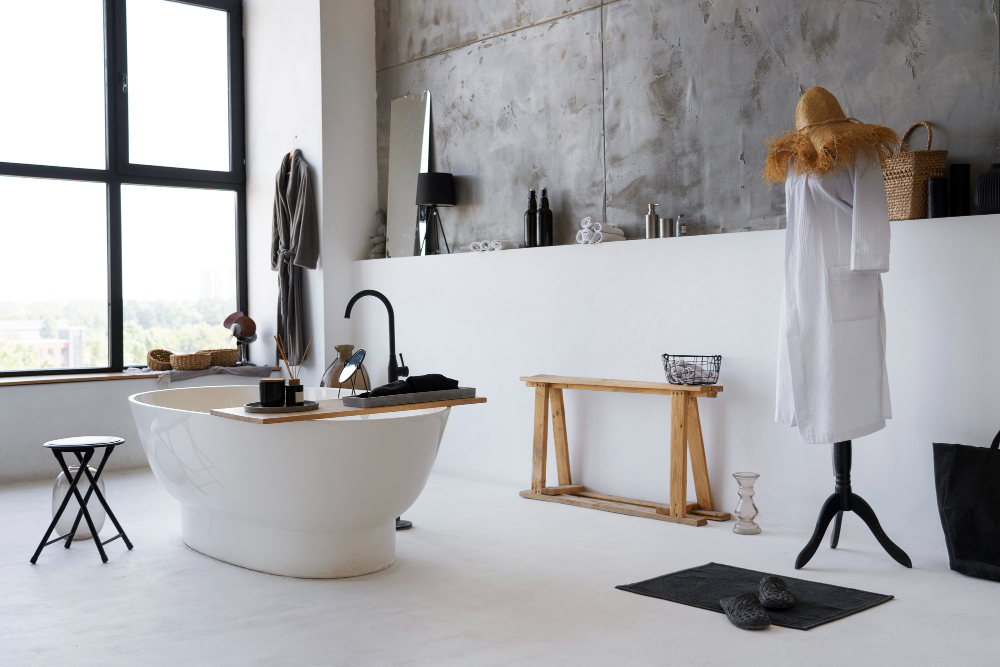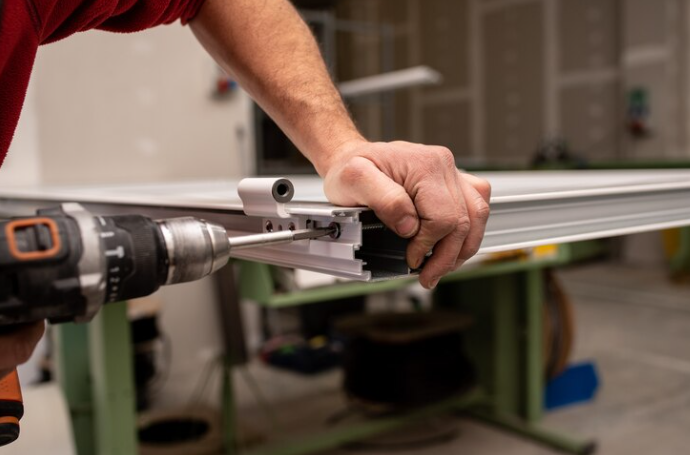I’ve been in enough houses over the years to see that a lot of American production builders seem to struggle with bathroom design and layout. Bathrooms with poor design tend to have oddly shaped rooms, tilted tubs, toilets, and showers, as well as overall awkward areas.
There are many guidelines to remember while planning the layout of a bathroom, whether you’re creating one from scratch or remodeling an existing one. Read on for some general bathroom design guidelines in the service of improving America’s bathrooms a little bit.
Note: The fundamentals of designing a bathroom for a single-family home are covered in this piece. We’ll discuss bathrooms with showers (three-quarter baths), bathrooms with tubs (full baths), or even combos of both. Powder rooms, or bathrooms with just a toilet and a washbasin, are an entirely separate species and are not discussed in this piece. Additionally, due to accessibility regulations, restrooms in multifamily structures (like apartments) present entirely new challenges. (If you’re interested in learning more about either of these, let us know; we’d be pleased to go into more detail in a subsequent post.)
Rules of Thumb for Bathroom Design
Lesson 1: Start with the Basics
These bathroom floor plans are straightforward, effective and generally complete the task at hand without any additional fuss.
This bathroom is effective and it simply works. Since all of the plumbing is on one wall, there is cost efficiency. The room isn’t particularly unique, and there isn’t much counter space, so efficiency has a drawback. It remains a classic and a bathroom powerhouse, nonetheless. Additionally, I just typed “bathroom powerhouse”; wow, I’m crossing off life accomplishments left and right today.
The “banjo” top, which has a tiny countertop extension over the toilet, is the other modification to this design. Sincerely, I don’t enjoy it, but I do recognize its benefits and recognize that it occasionally offers a viable option. I swear I won’t be mad at you for choosing this path.







